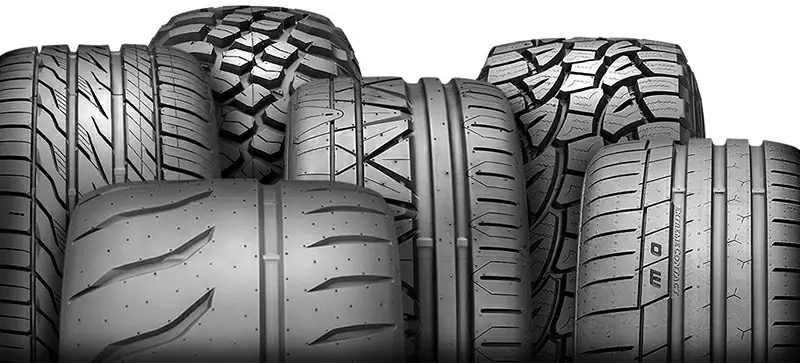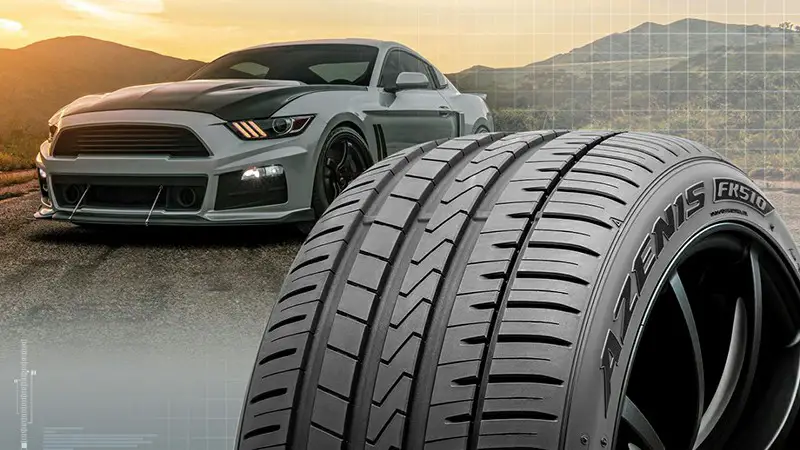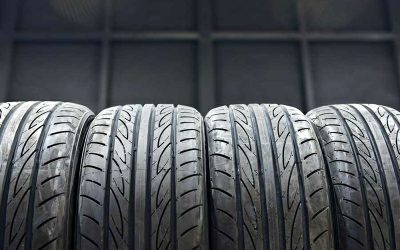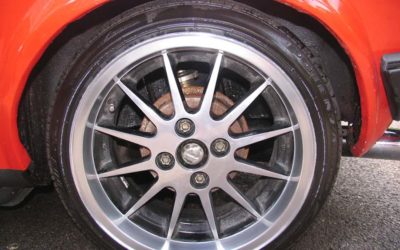While tires play a major part in a car’s performance, the presence of treads on them has always been taken for granted. Why and How do tire treads work? If you find yourself asking these questions, you’ve come to the right place!
What Are Tire Treads?
Tire tread is the part of a tire that comes into direct contact with the road surface. There is a wide variety of tread patterns on the market that serve different purposes and driving conditions.
A tire tread typically consists of 4 parts: tread blocks, tread grooves, tread voids, and sipes.

How Do Tire Treads Work?
When a car runs on dry roads, no treads are needed since smooth tires will provide better traction on dry surfaces. However, we are not so lucky to have that kind of road condition consistently. That’s when tire treads come to play.
Frankly speaking, tire treads help maintain the traction between the tire and the wet roads (either muddy or snowy) by evacuating water through the tread voids – the gaps between the tread blocks.
Barring these, water will freely flow in and remove the only contact between the car and the surface, causing the driver to lose control over the vehicle.
For the most part, the more slippery the road is, the deeper and wider the tread voids will need to be to effectively displace water.
With the development of car engineering, tire treads are now designed to offer an optimum ride. Engineers are currently working on the tread patterns to improve noise level, handling, traction, braking, and fuel economy.
See more: Can I Replace Just One Tire
A Friendly Reminder
Tire treads will wear away eventually and need retreading. As the depth of tire treads affects your safety on the wet roadways, always do a car check-up once in a while and visit a garage for professional repair services.
See more: What Causes Flat Spots On Tires








